A recent post I put together for my WWII Japanese Aviation collection. The Kawasaki Ki-45 “Toryu” or “Nick”.
Originally shared by Pete Panozzo
KAWASAKI KI-45 – “TORYU” – “Dragon slayer” / Allied forces codename “Nick”
The Kawasaki Ki-45 Toryu (屠龍, “Dragon Slayer”) was a two-seat, twin-engine fighter used by the Imperial Japanese Army in World War II. The army gave it the designation “Type 2 Two-Seat Fighter”; the Allied reporting name was “Nick”.
In response to the rapid emergence in Europe of twin-engine heavy fighters such as the Messerschmitt Bf 110, the army ordered development of a twin-engine, two-seat fighter in 1937, and assigned the proposal by Kawasaki Shipbuilding the designation of Ki-38. This only went as far as a mock up, but by December of that year, the army ordered a working prototype as the Ki-45, which first flew in January 1939. Results from the test flights, however, did not meet the army’s expectations. The Ha-20 Otsu engine was underpowered and failure-prone, while the airframe suffered from nacelle stall.[2]
The Ki-45 did not enter service, but the army, insistent on having a working twin-engine fighter, ordered Kawasaki to continue development. Kawasaki responded by replacing the engines with the proven Nakajima Ha-25. Flight tests were promising.[3]
In October 1940, the army ordered continued improvements such as switching to 805 kW (1,080 hp) Mitsubishi Ha-102 engines. This craft, designated Ki-45 Kai, was complete in September 1941 and was officially adopted for use by the army in February 1942 as the “Type 2 Two-Seat Fighter”.
The prototype of a single-seat fighter variant, the Ki-45 II, was also built; development continued under the designation Ki-96.
The Ki-45 was initially used as a long-range bomber escort. The 84th Independent Flight Wing (Dokuritsu Hikō Chutai) used them in June 1942 in attacks on Guilin, where they encountered, but were no match for, Curtiss P-40s flown by the Flying Tigers. In September of the same year, they met P-40s over Hanoi with similar results. It became clear that the Ki-45 could not hold its own against single-engine fighters in aerial combat.
It was subsequently deployed in several theaters in the roles of interception, attack (anti-ground as well as anti-shipping) and fleet defense. Its greatest strength turned out to be as an anti-bomber interceptor, as was the case with the Bf 110 in Europe. In New Guinea, the IJAAF used the aircraft in an anti-ship role, where the Ki-45 was heavily armed with one 37 mm (1.46 in) and two 20 mm cannons and could carry two 250 kg (550 lb) bombs on hard points under the wings. 1,675 Ki-45s of all versions were produced during the war.
The first production type (Ko) was armed with two 12.7 mm (.50 in) Ho-103 machine gun in the nose, a single Type 97 20 mm cannon in the belly offset to the right, and a trainable 7.92 mm (.312 in) machine gun in the rear cabin; this was followed by the Otsu with the lower 20 mm cannon replaced by a 37 mm (1.46 in) type 94 tank gun, to counter B-17 Flying Fortress bombers. While the firepower was devastating, manual reloading meant that typically only two rounds could be fired on each gunnery pass. The next type (Hei) restored the 20 mm cannon, and this time placed an automatic 37 mm (1.46 in) gun in the nose. A later addition in the “Tei” type were twin obliquely-firing 20 mm Ho-5 cannons behind the cockpit, and often propulsive exhaust stacks.
Soon after entering service, the Ki-45 was assigned to home defense, and several were dispatched against the Doolittle raid, though they did not see action. The craft’s heavy armament proved to be effective against the B-29 Superfortress raids which started in June 1944. However, its performance was insufficient to counter B-29s flying at 10,000 m (32,800 ft). Modifications such as reduction of fuel and ordnance were attempted to raise performance, to little avail, and in the end aircraft were used effectively in aerial ramming attacks. They were also used in kamikaze attacks, such as the attack on USS Dickerson on 2 April 1945 off Okinawa. The commanding officer and 54 crew were killed when a Toryu clipped the stacks from astern, and rammed the bridge. A second Toryu hit the foredeck, opening a 7 m (23 ft) hole in the deck. The ensuing fires demolished the ship, and after the surviving crew was rescued by fellow fast transports and ex-destroyers Bunch and Herbert, the ship was towed out to sea and scuttled.[5]
In 1945, the forward and upward-firing guns showed some results with the commencement of night time bombing raids, but the lack of radar was a considerable handicap. By the spring of 1945, the advent of American carrier-based fighters and Iwo Jima-based P-51s and P-47s escorting B-29s over the skies of Japan brought the Ki-45’s career to an end.
The next version, the Kawasaki Ki-45 KAId, was developed specifically as a night fighter, which were supposed to be equipped with centimetric radar in the nose; due to production difficulties, this did not occur. The aircraft took part in night defense of the Home Islands and equipped four sentais from the autumn of 1944 to the war’s end. They obtained notable successes, and one Ki-45 sentai claimed 150 victories, including eight USAAF B-29 Superfortresses in their first combat.
The Ki-45 was to be replaced in the ground-attack role by the Ki-102, but was not wholly supplanted by the war’s end.
Three Ki-45s fell into communist Chinese hands after World War II. Unlike most captured Japanese aircraft, which were employed in the training role, the three Ki-45s were assigned to the 1st Squadron of the Combat Flying Group in March 1949 and were used in combat missions. These aircraft were retired in the early 1950s.
See and read more at: https://en.m.wikipedia.org/wiki/Kawasaki_Ki-45
Photo 1: Kawasaki Ki-45 KAIc Army Type 2 Two-seat fighter Model C of the 53rd Hiko Sentai[4]
Photo 2: Abandoned Ki-45s of the 71st Dokuritsu Hiko Chutai at Kallang Airfield, Singapore in September 1945.[7]
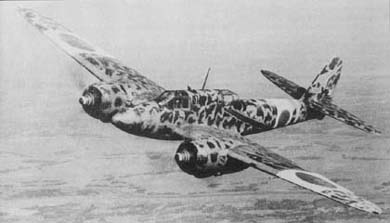
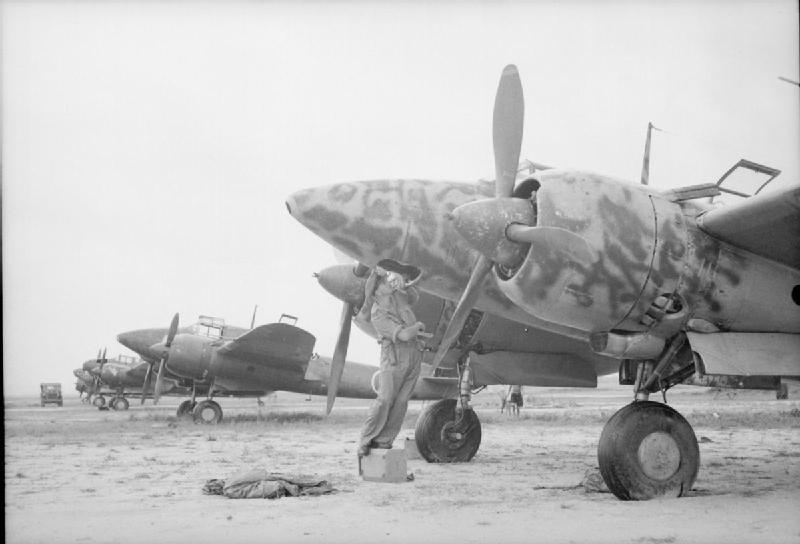
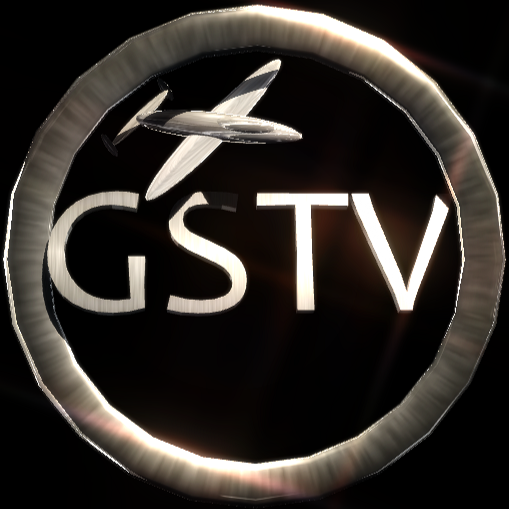
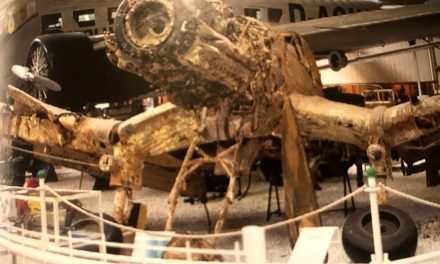
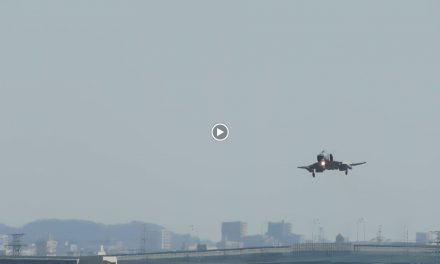
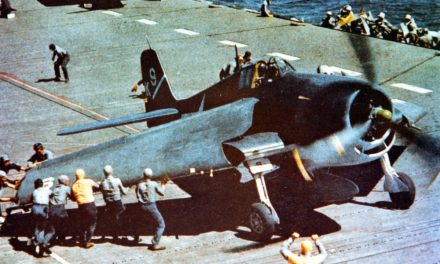

Recent Comments